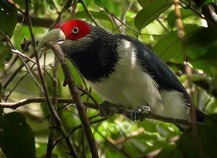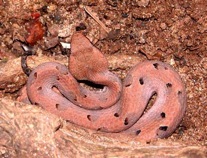HABITAT
2009
Cinnamomum zeylanicum is native to the Indian subcontinent, India, Nepal, Bhutan, Pakistan, but most specifically Sri Lanka. Cinnamon originated in Sri Lanka, where it acquired one of its common names, Ceylon Cinnamon (Ceylon was Sri Lanka’s previous name). Cinnamomum zeylanicum prefers this area but can also be grown commercially in areas like Brazil, Java, Madagascar, Vietnam, West Indies, or Zanzibar. The tree is distributed across the Southeastern hemisphere and close to the equator (see map above).
Cinnamomum zeylanicum requires a subtropical to tropical area with full tropical sunshine and moist soil. It has been known to survive short mild frosts but nothing too prolonged, or below 32° Fahrenheit. Cinnamon trees are among many other species since the tropical rainforest it natively grows in are abundant in the amount of different species.
Such species found in these areas range from other rare and valuable trees and shrubs to an incredibly rich and diverse collection of animals including amphibians birds, insects mammals, and reptiles. Some of the common animals seen in these areas include:
•Monkeys (Purple faced Langur)
•Civets (Golden Palm Civet)
•Mongooses (Badger Mongoose)
•Deer (Sambhur and Muntjac)
•Rodents (rats, shrews, giant squirrels)
•Venomous snakes (Merrem's Hump-Nosed Viper or Russell’s Viper)
•Birds (Red Faced Malkoha, Sri Lanka Blue Magpie, Ashy-headed Barbler)
•Toads and Frogs (Torrent Toad, Wrinkled Frog, Reed Frog)
•45 species of lizards such as the Green Garden Lizard
•Butterflies and Moths
Cinnamon Isn’t Just From the Grocery Store...
Stats
origin Sri Lanka, India, Burma
location Subtropical or tropical
temperature 32 degrees and above
Sunshine full sun - tropical sunshine
Besides the animals this habitat supports a diversity of flora as well. There are many rare trees found in similar habitats, in fact Sri Lanka supports 211 different species of woody trees. Most of these trees are an average height of 35 m t0 40 m and belong to the family Dipterocarpaceae. These trees are supported by their mutualistic relationship between mycorrhizal fungi, which provides sugars for the trees. Along with these trees are other plants such as ferns and many other epiphytes.
C. zeylanicum fulfills its niche in Sri Lanka because it is such an important crop and is vital to their economy. Cinnamon grows abundantly in these areas because it has very few predators (In fact, you can find more about species interactions by checking out this page dedicated to species interactions!) and is so closely monitored by the people who make a living off of cultivating the tree. Growers are especially careful in monitoring the trees to maximize cinnamon. Click here to learn more about this process and to understand how cinnamon gets from being bark to in your hot chocolate.





